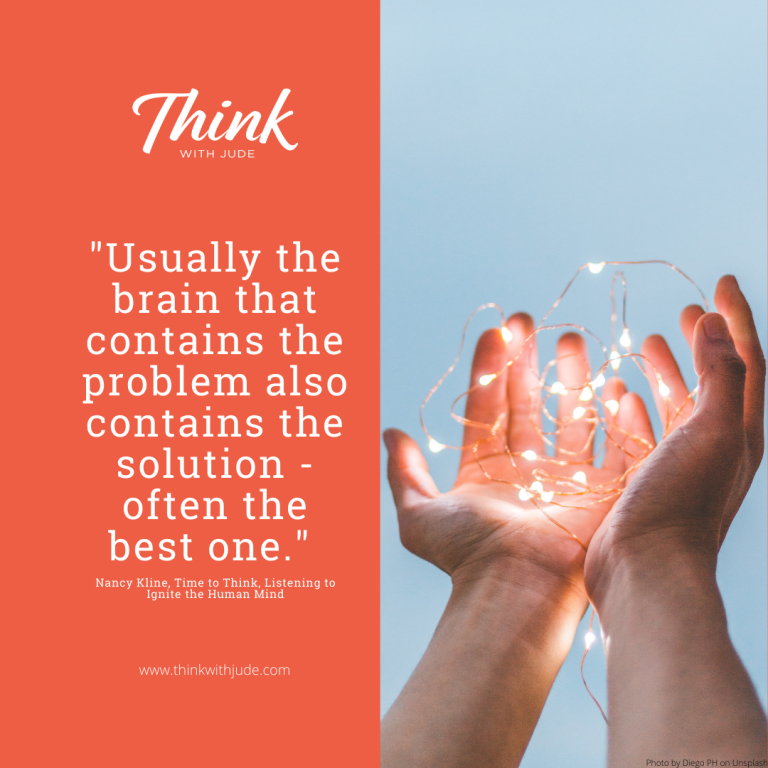The Pygmalion effect: how your beliefs shape performance at work
I want to tell you about an experiment from the 1960s.
Some psychologists went into a school and gave all the students the Harvard Test of Inflected Acquisition.
This test, they claimed, could predict which kids were likely to grow academically in the next year—these students were labelled as ‘growth spurters.’
The researchers gave this information to the teachers and returned later to measure changes in their academic scores.
Surprise, surprise, the ‘growth spurters’ did significantly better than the rest of the class.
Now, here’s where it gets interesting.
The researchers weren’t actually testing whether the Harvard test was valid—in fact, it was completely bogus.
The students were randomly assigned to the ‘growth spurter’ group.
The real experiment was testing the Pygmalion Effect—the idea that high expectations1 lead to increased performance.

How the Pygmalion effect impacts leadership and performance
One my favourite quote, from a coach I hold in high regards is “Usually, the brain that contains the problem also contains the solution—often the best one.” – Nancy Kline
This explains why coaching works so well.
When we believe someone is capable, they are more likely to find their own solutions and rise to the challenge.
But when we doubt them—whether consciously or unconsciously—we create barriers to their success.
When someone believes in you, you tend to rise to meet their expectations. And the opposite is true as well.
This same effect plays out at work.
If you don’t believe someone is up to the task—even if they have the skills—they are more likely to fail.
If you don’t believe the person in front of you has the capability to find their own solutions, then coaching will never work.
But let’s be honest—it’s hard to maintain a positive belief in someone’s ability when:
> You’re rushed.
> They’ve let you down before.
> There’s just something about them that makes you doubt them.
So here’s a question that might help:
If I knew that [name] could do this, what would I do next time we speak?
Hold this question in your mind during your next conversation with them.
Listen in a way that creates the conditions they need to feel safe, at ease, creative, and valued.
Try it and see what happens.
Most people live up to the expectations you have of them—and they also live down to them.
Footnotes
- When I say high expectations, I mean realistic and achievable ones.
- My thinking was influenced by a workshop I ran for a professional services firm on the importance of a growth mindset in performance development conversations – which reminded me of this study: Rosenthal, R., & Jacobson, L. (1968). Pygmalion in the Classroom. New York: Holt, Rinehart & Winston.




